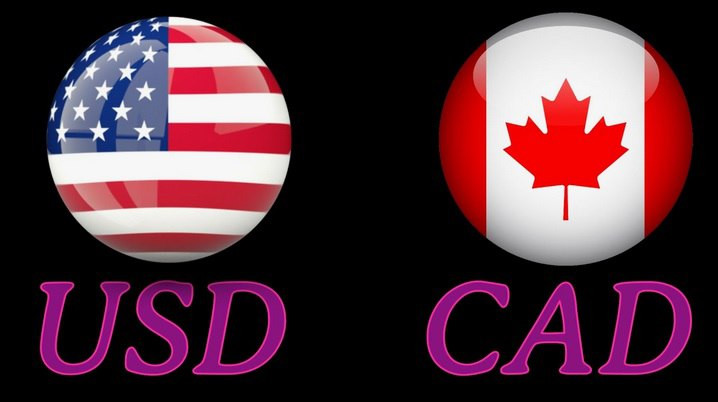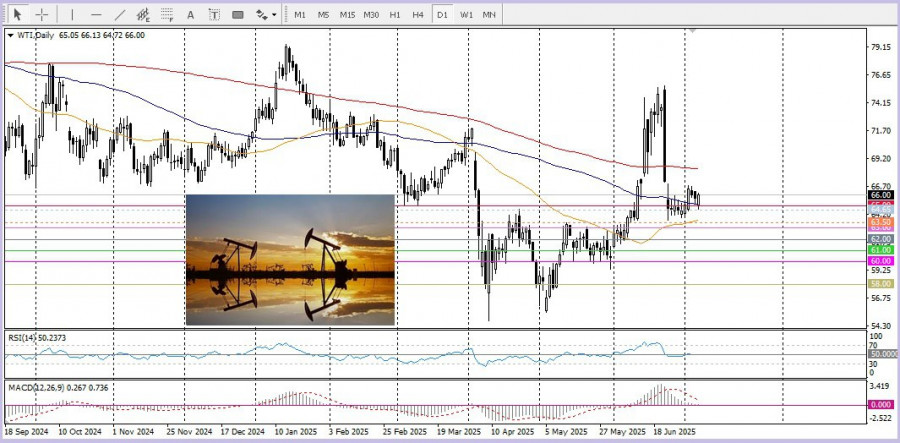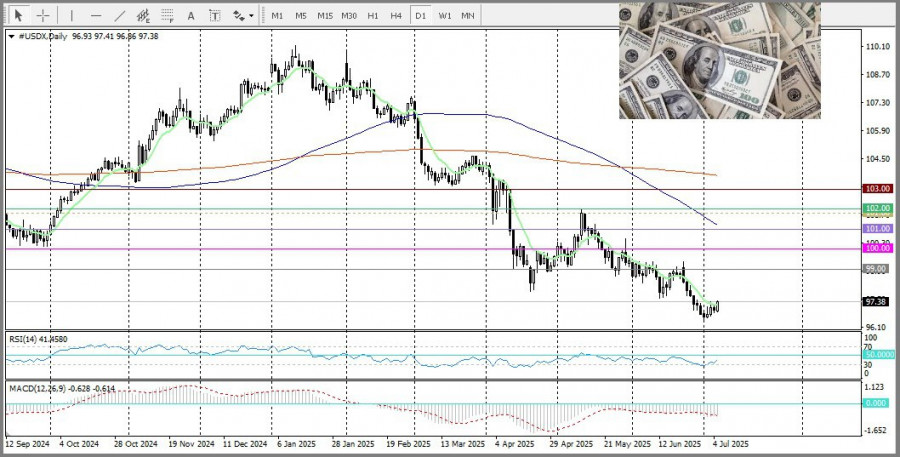Vea también


 07.07.2025 12:39 PM
07.07.2025 12:39 PMOn Monday, the USD/CAD pair continued its upward movement for the second day in a row. This rise is driven by a combination of factors.
Crude oil prices initially declined following OPEC+'s unexpected decision to increase production by 548,000 barrels per day in August, due to concerns over excess supply, which put pressure on oil quotes. Currently, prices are trading within the same range. Depressed oil prices negatively affect the Canadian dollar, given its close link to commodity markets.
On the other hand, the U.S. dollar is receiving some support as a safe-haven asset amid escalating Israeli airstrikes on Yemen, which serves as an additional driver for USD/CAD strength. However, the dollar's significant appreciation is limited by concerns that President Donald Trump's large-scale tax and spending initiatives will increase the federal deficit and debt burden. Moreover, expectations that the Federal Reserve may soon resume its rate-cutting cycle are also capping dollar gains.
At the same time, reduced expectations of further rate cuts by the Bank of Canada are supporting the Canadian dollar and limiting the USD/CAD pair's upward potential.
There are no important economic releases from the U.S. or Canada on Monday, so the pair's movement will depend on oil prices and the U.S. dollar. The market's focus will remain on the FOMC meeting minutes, due on Wednesday, which could provide key insights into the Fed's future monetary policy direction and influence demand for the U.S. dollar and the dynamics of the USD/CAD pair.
From a technical perspective, as long as oscillators on the daily chart remain in negative territory and the downtrend is not broken—specifically, the upper boundary of the downward channel is not breached—it will be difficult for prices to continue rising.
You have already liked this post today
*El análisis de mercado publicado aquí tiene la finalidad de incrementar su conocimiento, más no darle instrucciones para realizar una operación.



